New Patrons
Changing a situation or standing up for an idea by commissioning an artist — that’s the aim of the New Patrons!
The association New Patrons enables groups of citizens to become the patrons of an artistic project that addresses social, cultural, or territorial issues. These groups may, for example, wish to:
- Strengthening ties between people
- Improving life in our neighborhoods and villages
- Protecting nature
- Giving visibility to causes
- Sharing traditions
A mediator from the New Patrons association helps the group meet an artist who can respond to the commission, then accompanies the development of the project. The association finds funding and partners, works with local authorities, and moves the project forward with citizens — from idea to realization.
Everything starts with the desire to change something. No prior knowledge of art is required. In the end, an artistic project is brought to life.
The Patrons
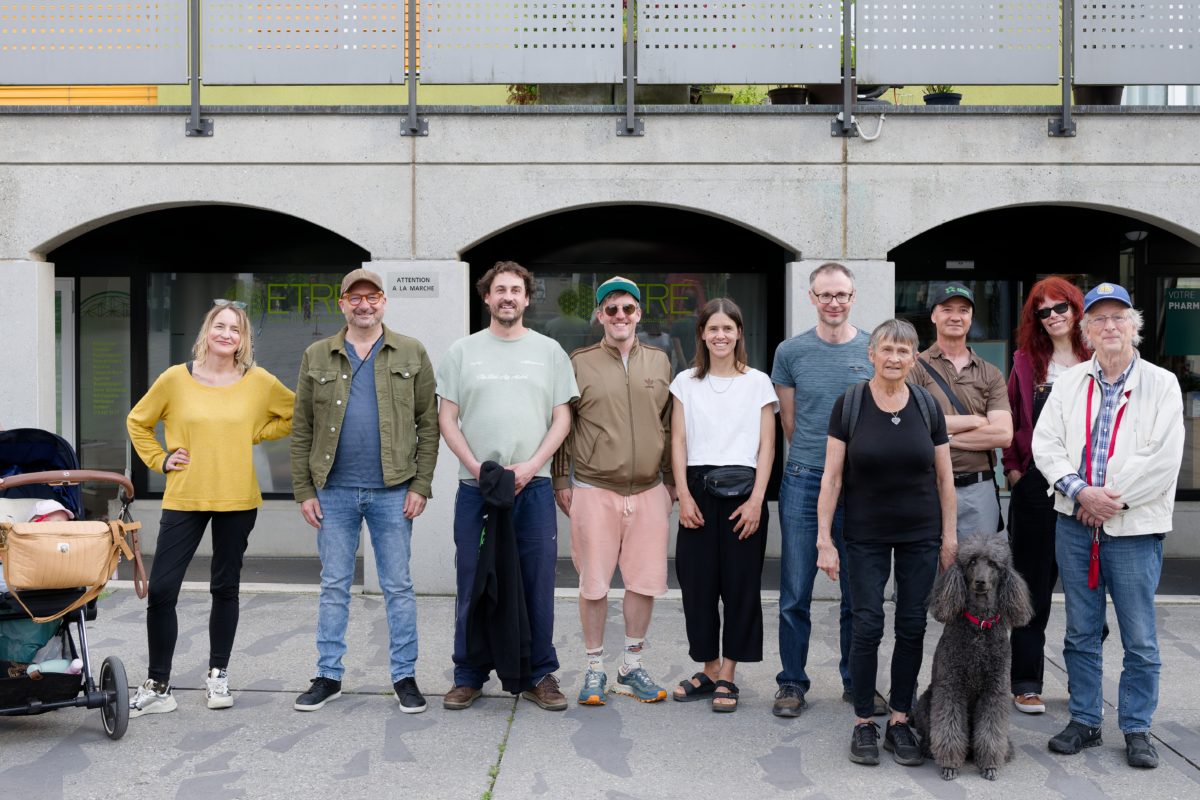
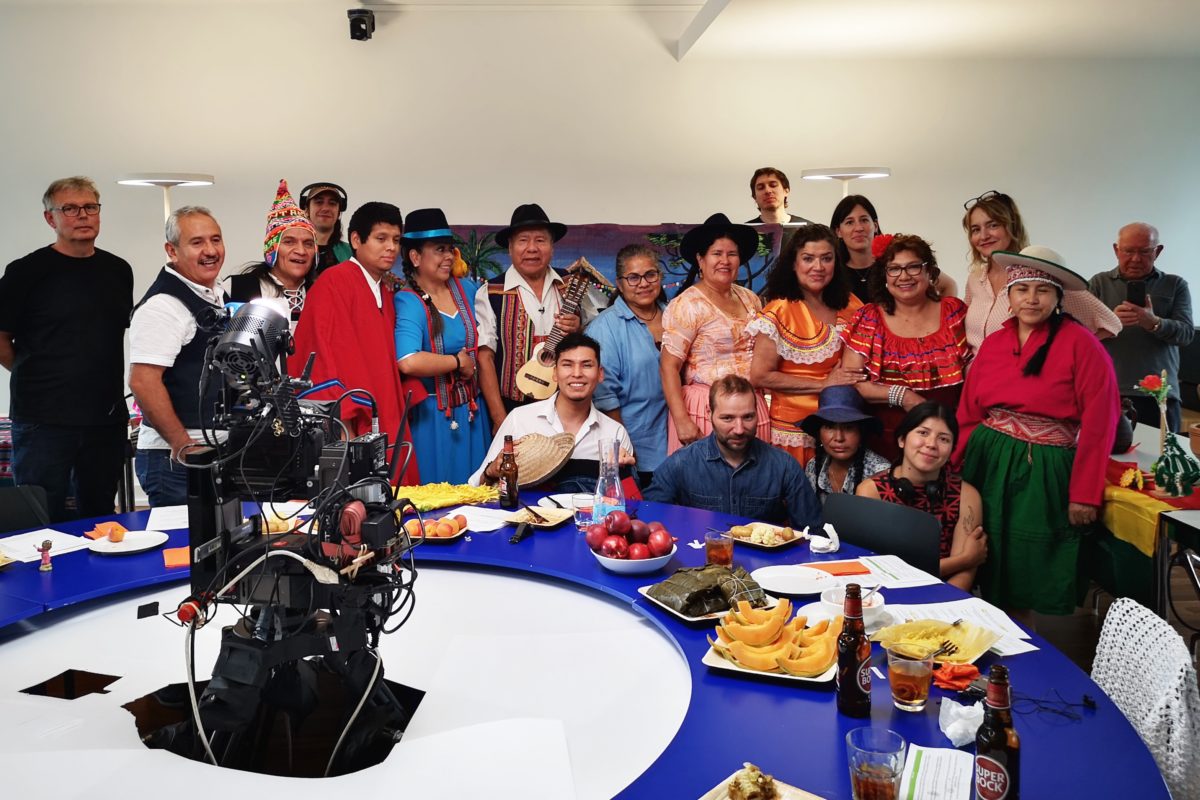
Anyone can become a patron, regardless of their social or cultural background. For example:
- Residents of a neighborhood or village
- Farmers
- Young people
- Immigrants
- Sports clubs’ members
- Members of associations for nature protection
- Nursing homes residents
- Members of cultural associations
- Cooperative members
- Etc.
The 6 Stages of a Commission
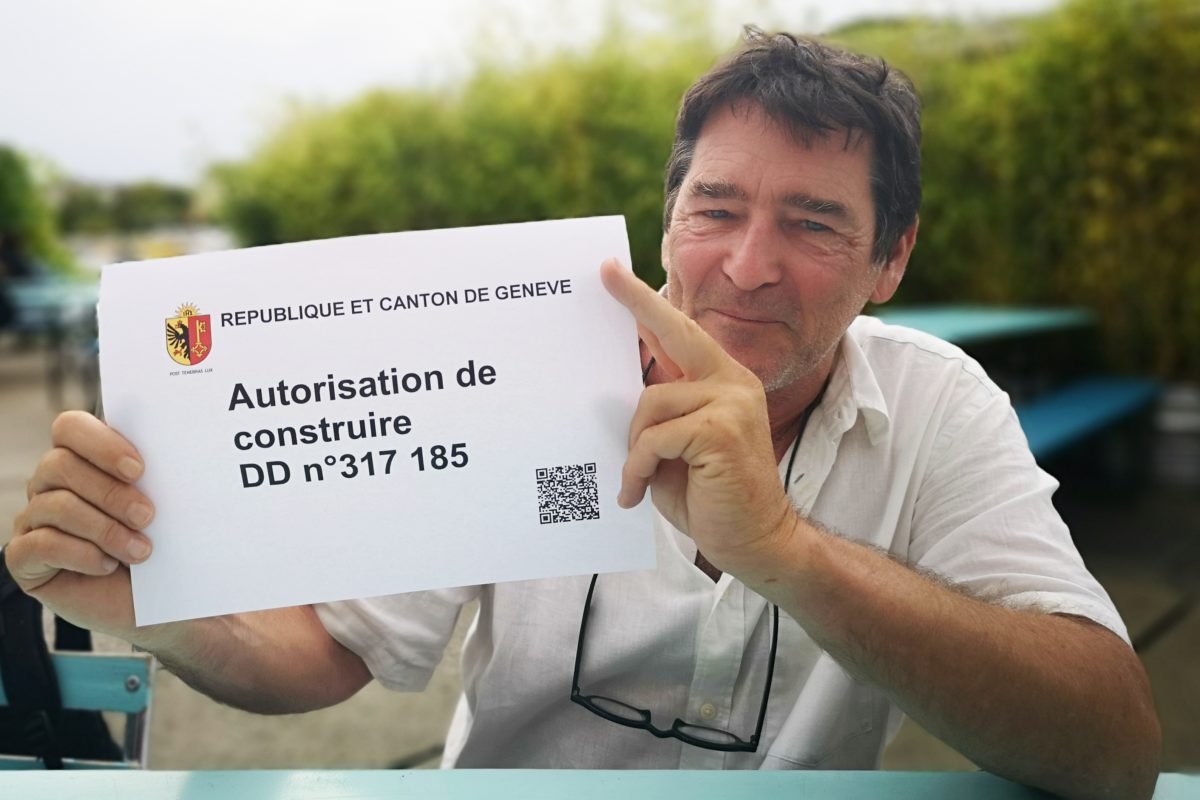
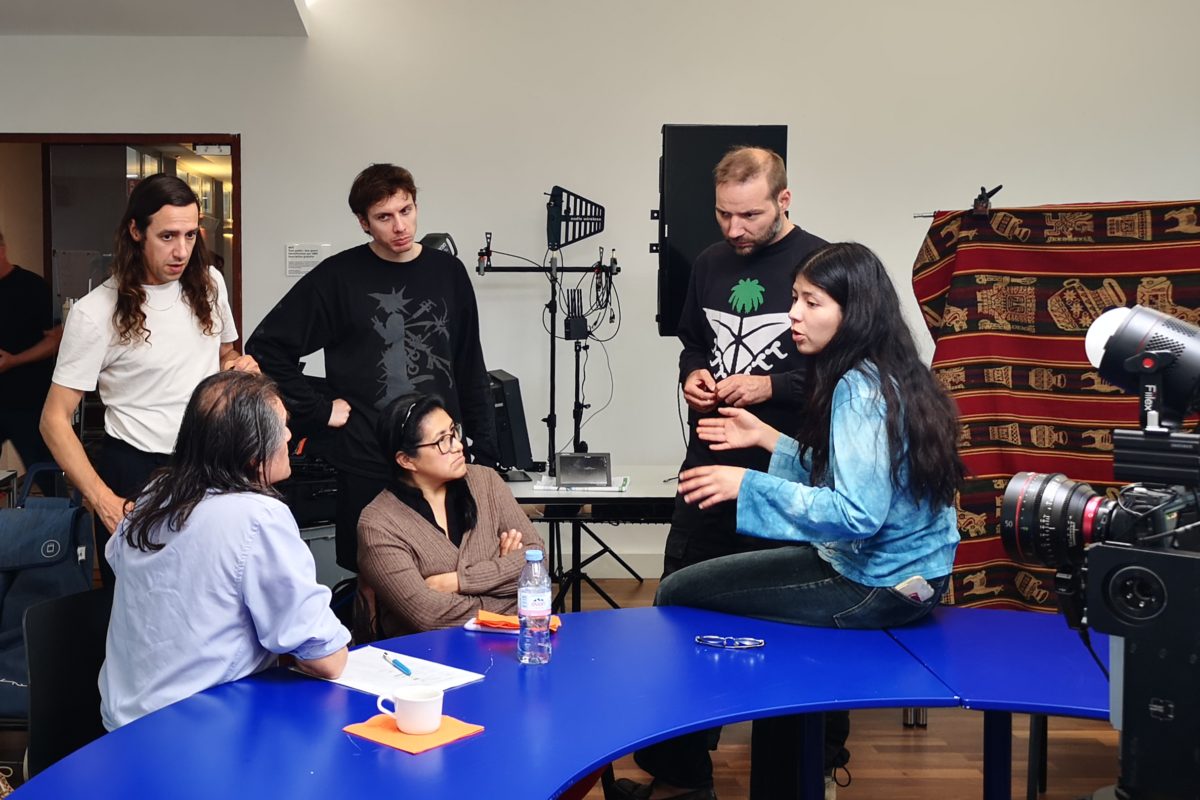
1. First, a meeting is held between the group of citizen patrons and the association’s mediator.
2. The patrons and the mediator discuss the goals of the commission and draft a project brief together.
3. The mediator proposes two or three artists capable of responding to the brief. The patrons choose the one whose approach best matches their expectations.
4. The artist meets with the patrons and the mediator, then presents an initial project proposal. It is discussed until it is approved by the patrons.
5. Once the project is approved, the mediator takes care of obtaining the necessary authorizations and mobilizing funding to ensure its implementation.
6. The project is carried out.
From the initial intention to the concrete development and the funding and production phases, the realization of a commission can take a few years.
The Artist
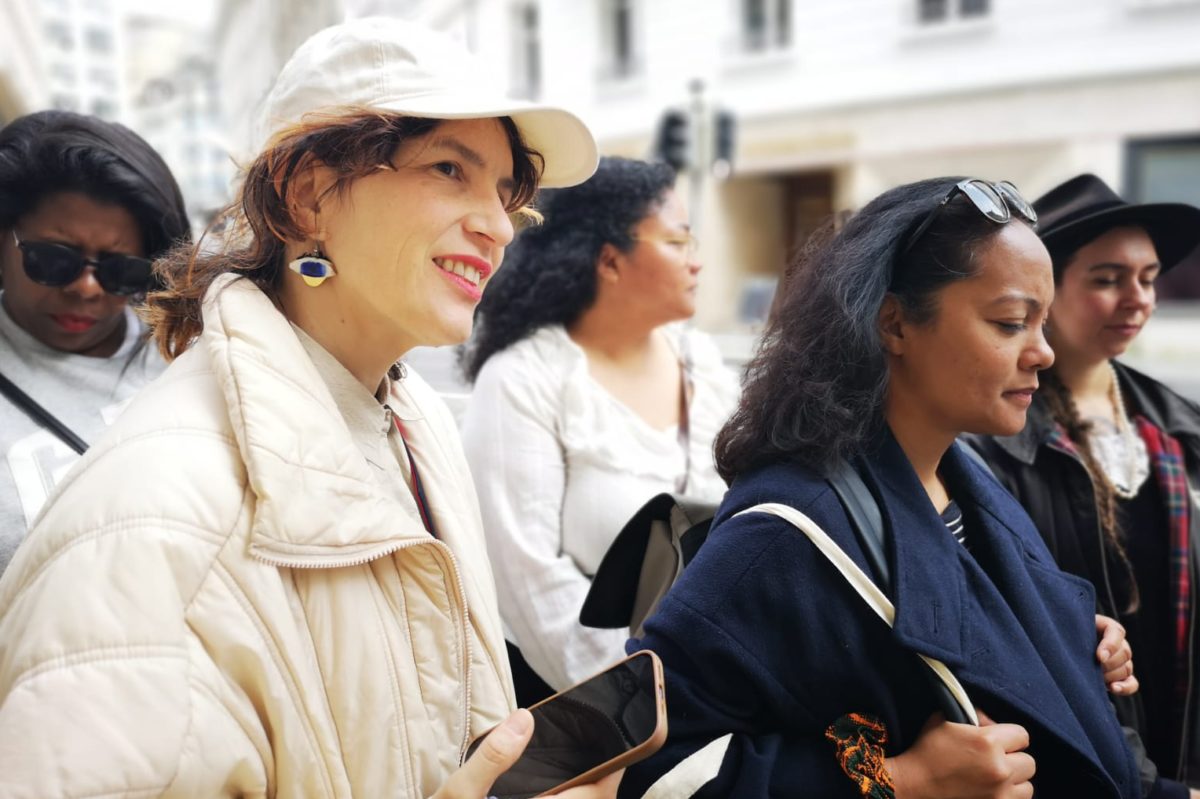
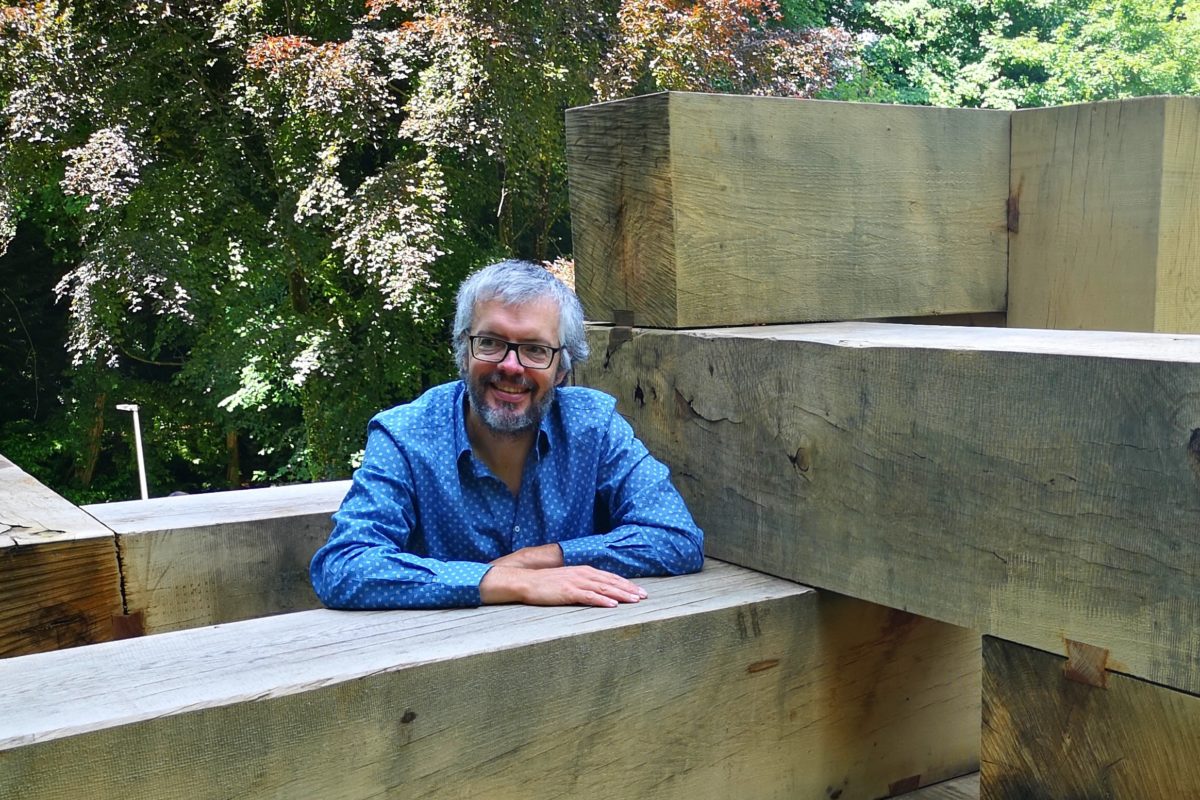
Since each commission is unique, it is important to identify the artist best suited to the context or situation. Finding the right artist is the role of the mediator.
The artists proposed may be Swiss or international. They interpret the project brief and engage in a deep and ongoing dialogue with the patrons.
The resulting artwork takes the form best suited to the commission. It could be a sculpture, an installation, a building, a park, a piece of music, a play, a film, a book, a graphic novel, etc.
The Association
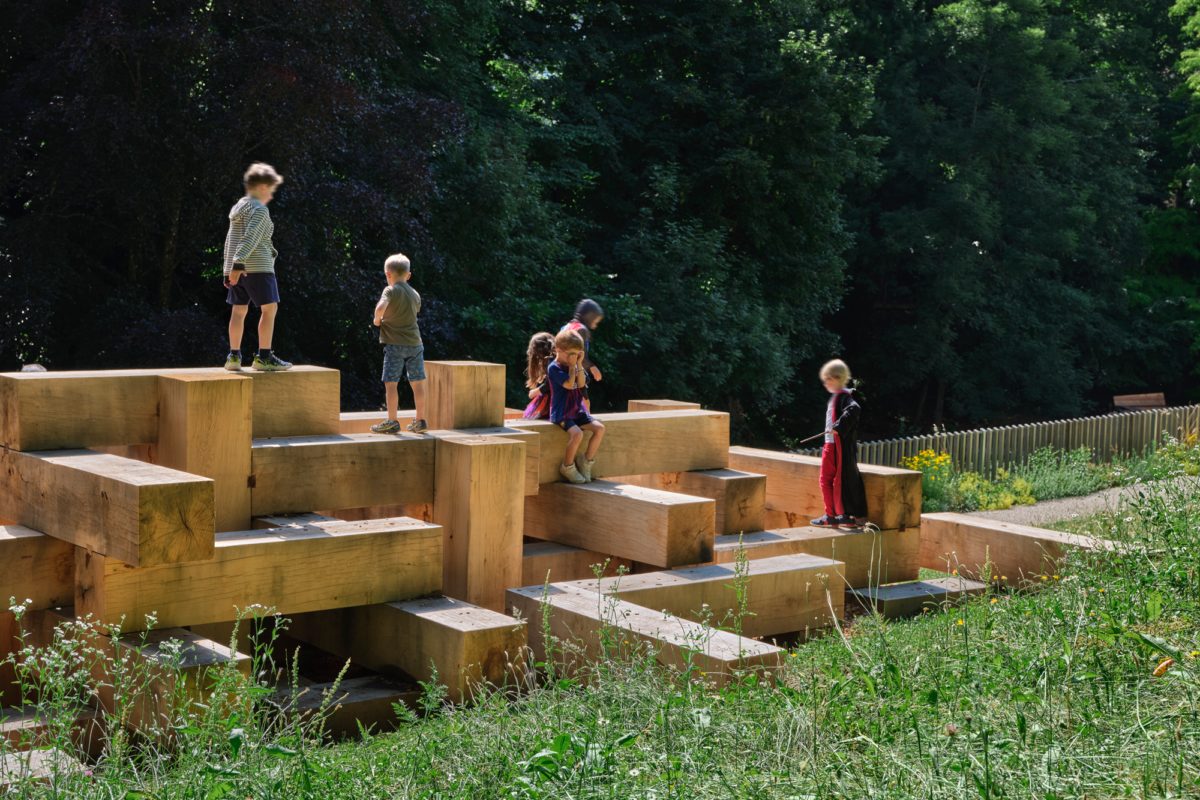
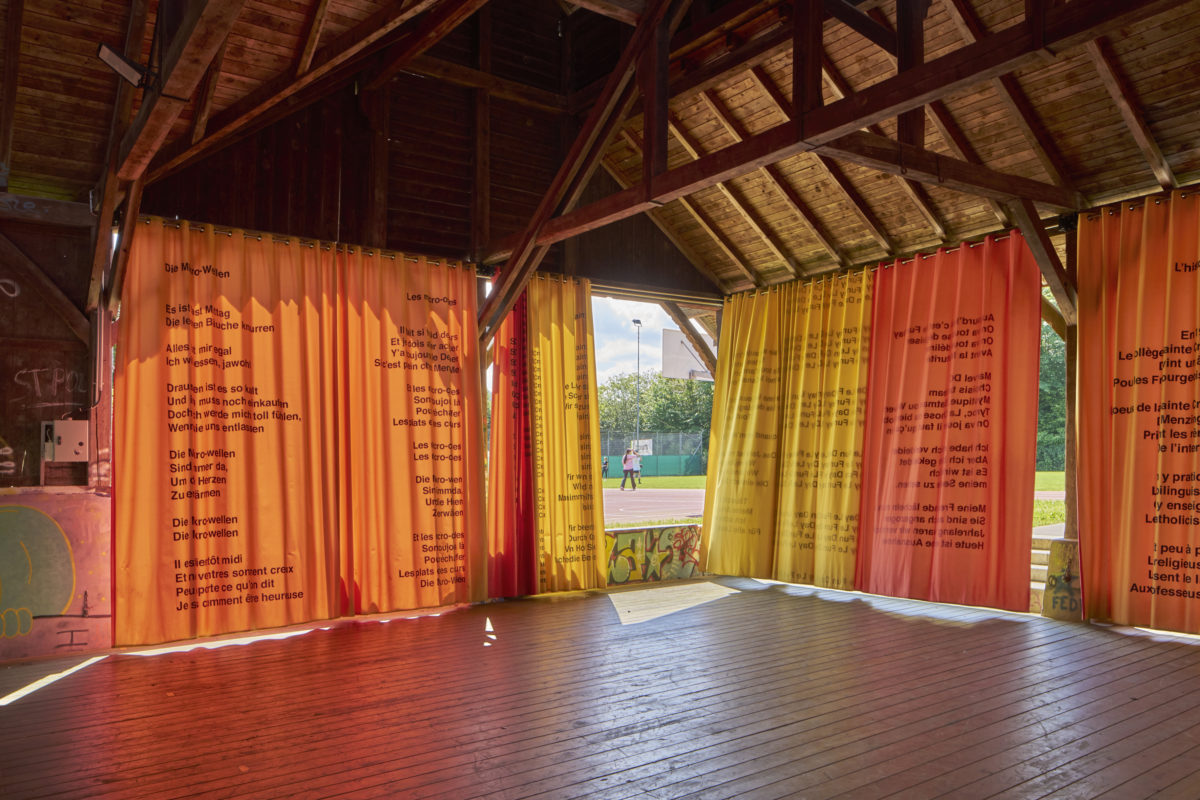
New Patrons is a non-profit association founded in 2014 and active throughout Switzerland. It currently includes three mediators who support citizen groups in developing their commissioned projects.
By following a proven working protocol that ensures the freedom and respect of all parties involved, we support patrons in acting on behalf of their entire community, with a focus on public interest, and with the ambition to place artistic creation within a renewed democratic framework.
Although still recent in Switzerland, our method has already proven effective internationally. Present in 8 other countries, more than 500 artistic commissions initiated by thousands of citizens have been realized over the past three decades.